10 Unplanned Events your Roof may face
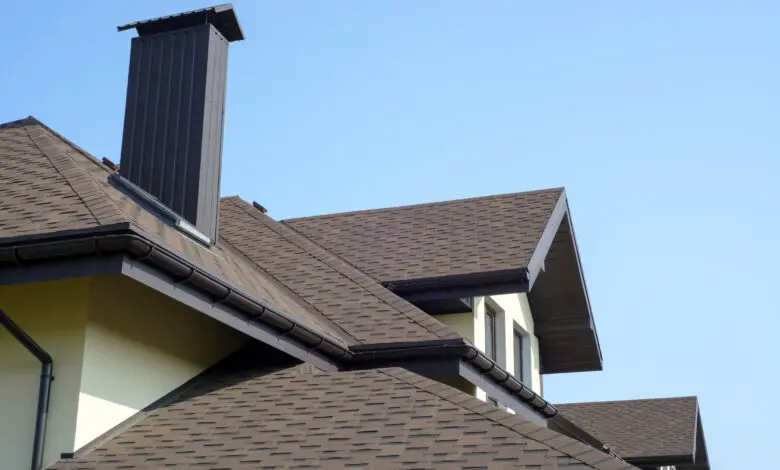
Unpredictable circumstances are part of life so building managers and homeowners alike should take preventative measures to avoid potential issues over roof troubles. Roofing contractors routinely come across buildings whose structure is prematurely failing or has developed other common problems seen in low-sloped roofs.
Unpredictable circumstances are part of life so building managers and homeowners alike should take preventative measures to avoid potential issues over roof troubles. Roofing contractors routinely come across buildings whose structure is prematurely failing or has developed other common problems seen in low-sloped roofs. Low-sloped roofs commonly encounter several problems of which the following list has been compiled to give insight into the top 10. To get more information, visit website: https://allroof.us/.
10. Poor and Faulty Workmanship during Installation
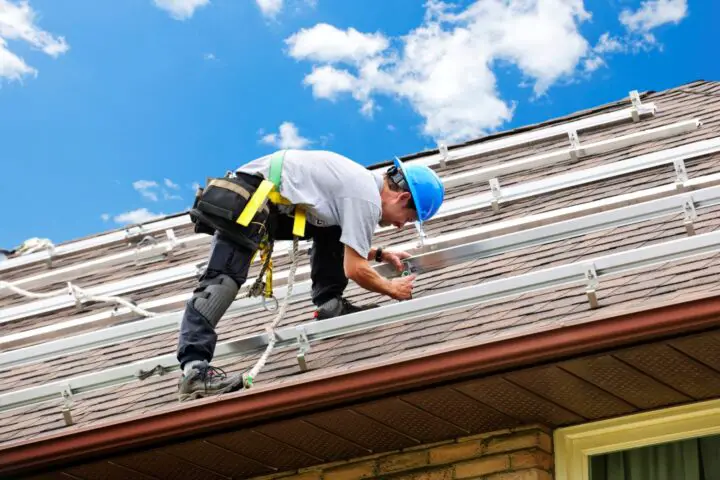
A general inspection has to be conducted carefully in order to expose hidden problems that can arise from faulty installation. Failure to clean the sub-structure prior to the installation of the membrane can result in poor adhesion and should be avoided at all costs. Torch applied modified bitumen performance can be compromised if the roofing contractor does not relax the membrane prior to installation. It’s important to hire the right company with trained professionals to avoid leaks, blisters, lifting, and other workmanship issues that can occur afterwards.
The best company to hire will have a great reputation along with expert industry knowledge of key practices and techniques that ensure long-lasting results for your roof. There are many flat or low-sloped roofing contractors to choose from so do your research to avoid the use of shoddy materials or other risks of premature roof failure.
9. Wind Damage such as Blow-offs, Billowing, and Uplift
When fastening a low-sloped roof to a building, special care must be taken to prevent tenting along with other harmful effects of wind damage from occurring. Seams can open up and cause a portion of the membrane to lift which puts your roof at further risk of blowing off the building. Poor workmanship is not the only cause of roof problems but weather elements such as wind and rain can cause infiltration of the seams if they haven’t had enough time or the right conditions to cure properly.
8. Leaky Roofs and Broken Moisture Barriers
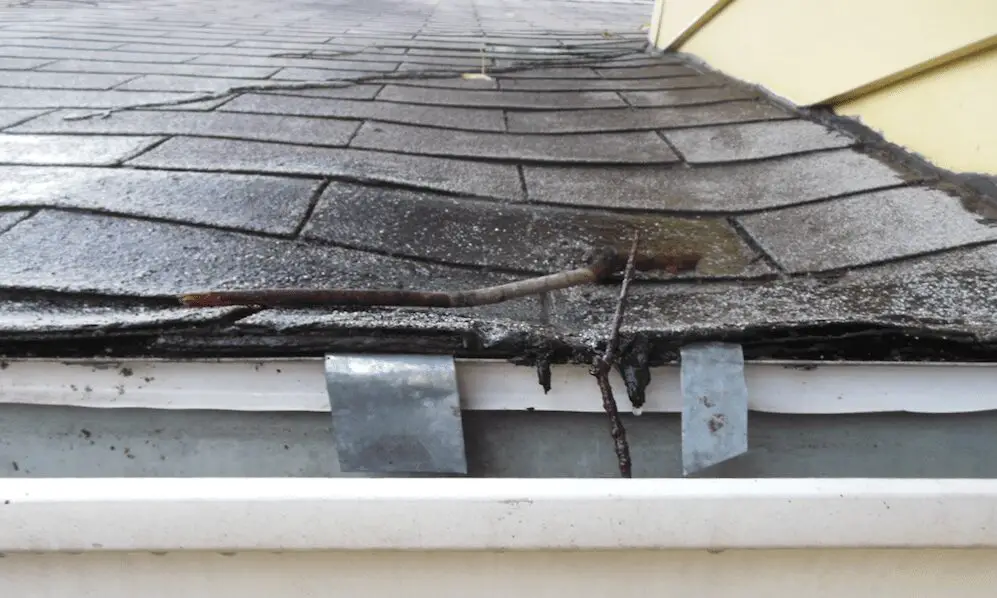
A leaky roof is a persistent problem that should be addressed as soon as possible since leaks can quickly lead to further structural or cosmetic problems. Built-up roofs (BUR) commonly face leaks due to improperly fastened flashing or anywhere that the membrane stops or starts abruptly. A moisture barrier needs to be properly installed under parapet wall caps to help prevent modified bitumen and hot bituminous from leaking. Leaks also occur with single ply membranes where the seams are improperly sealed, or a lasting bond is not properly formed.
The membrane itself will keep water from infiltrating the structure but once seams, pipes, or other mechanical devices protrude from the membrane, leaks can occur due to improper seals.
7. Important Need of maintenance
Lack of maintenance is a problem roofing contractors regularly see. Never neglect your home or business structure;take the time to schedule regular inspections with a qualified roofing contractor. Doing so could mean the difference between facing lower or higher costs. Being proactive and scheduling regular annual inspections with a knowledgeable flat roofing contractor can mean the difference between a simple repair or a complete replacement, and other unforeseen problems.
6. Pooled Water
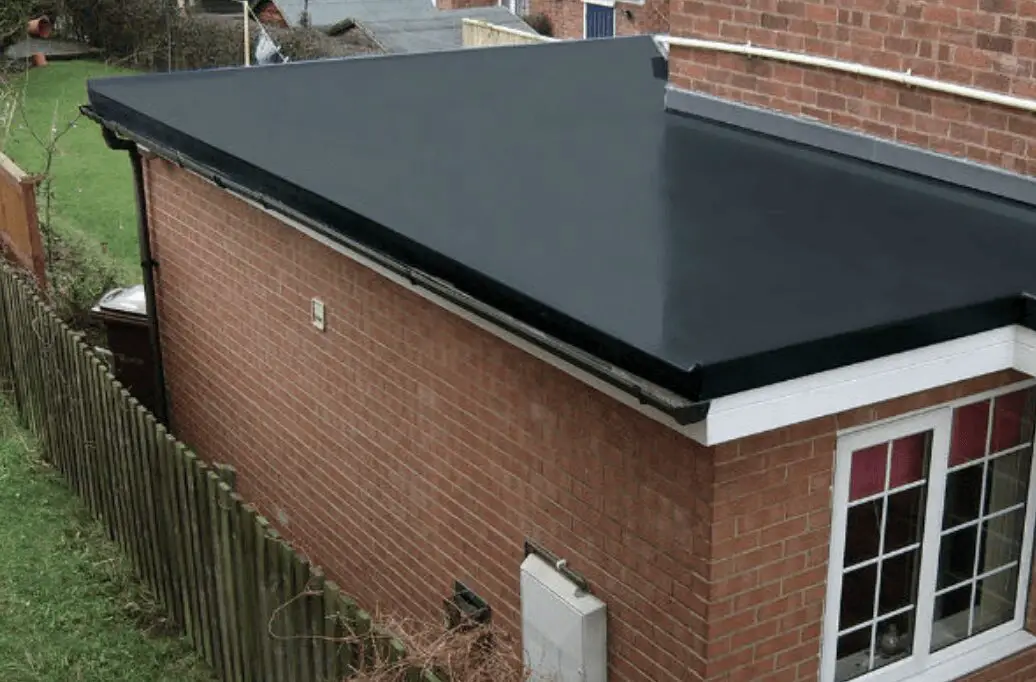
Flat roofs are built contrary to their name implies due to the fact that its roof should never be completely flat. However, not all architects or construction companies are aware of how a flat roof design can cause failures due to allowing water to sit for long periods of time due to water seeping into small holes or cracks in the waterproof membrane. That is why a qualified roofing contractor builds a slight slope on all flat roofs.
Even a roof with a low slope can develop a low spot that should be fixed immediately. If ponding water is removed quickly, either by removing it by hand or via a standing water pump, the problem is eliminated. However, this is a temporary solution and the p problem at hand remains. This is where a routine roof inspection plays a key role in prevention. A low slope is a must-have for a flat roof to be capable of draining water properly. Even if this was not initially performed, a qualified flat roofing contractor can build a slope onto a structure that already exists.
5. Holes and Protrusions
All low-sloped roof systems, no matter what type of installation was done, could face punctures from falling objects or foot traffic. Roofing contractors regularly see punctures in high-traffic areas but these can be eliminated by adding walk paths that lead to the roof’s access point and other commonly serviced equipment. Another common cause of leaks are roof protrusions from vents, mechanical equipment, or other devices necessary for the operation of the business. A trained roofing contractor needs to properly seal off the area to prevent leaks.
Both low-sloped or flat roofs require periodic attention in order to maintain their water proofing capabilities. Care must also be taken if pipes or mechanical equipment is removed from the roof. Improperly sealed openings in a low-sloped roof can cause structural damage from water penetration. A proper inspection for your roof can determine if it;s been properly maintained and is not in danger of presenting leaks. Call your local roofing contractor for a detailed inspection.
4. Faulty or insufficient Repairs
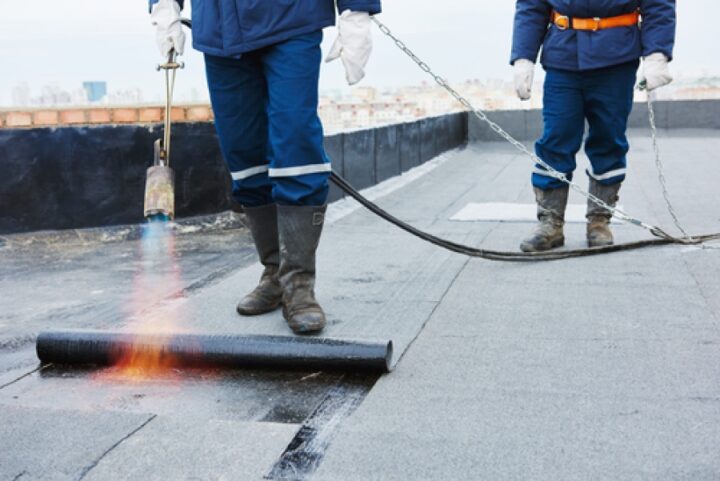
Bringing all their knowledge and expertise in a wide range of materials used in flat and low-sloped roofs, as well as the best industry techniques is imperative for flat roofing contractors to deliver results that are up to standard. Some roofing repair materials can be damaging to the roof if not specifically designed for it. Another common problem often encountered by professionals are do-it-yourself repairs that home or building owners take upon themselves to try to quickly fix a tear or hole; even using improper materials like caulk or tape. Your particular type of roof should be taken into consideration before any job can be executed properly.
3. Unsafe conditions
“Safety first” is a common phrase used in roofing because it should never be taken lightly. Even before the start of a roofing job, safety on a low-sloped roof precedes any other issue you may have with your roof. A roof installation comes with its own set of possible problems and circumstances for which roofing contractors must adhere to strict safety policies and guidelines put in place by federal, state and other local governmental organizations.
The right care must be taken to prevent workers from facing injuries such as burns, during installation of hot bituminous and torch-applied roofing systems. Further, it’s a good practice to increase the airflow during installation of cold-applied systems to avoid nausea or other sickness to building occupants.
2. Blistering
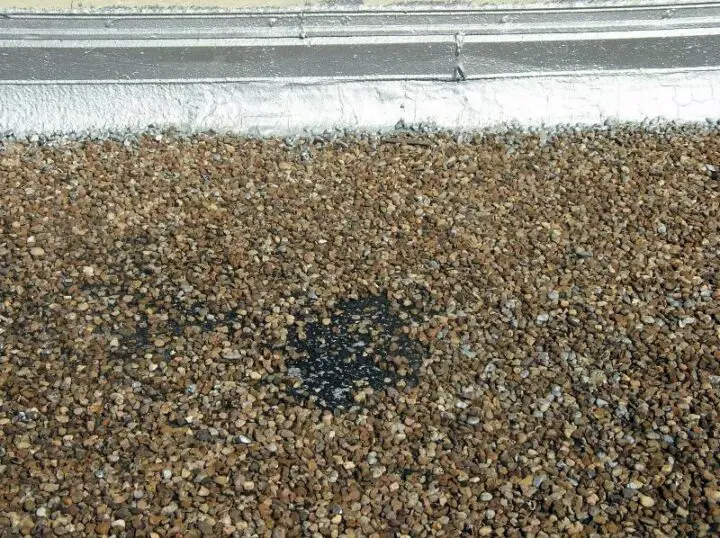
Common problems with BUR type roofs that often lead to even further issues are blistering, surface erosion, ridging, and cracking, among others. Tar that has been improperly heated during the installation of hot bituminous roofing systems, may cause a blistering effect to occur. Although small blisters do not pose imminent danger and are often left alone, larger ones require repair. Roofing that has slipped during the installation process may cause the same effect just as can dry laps and poorly done interply mopping. The membrane should be properly torched in modified bitumen systems during installation to prevent voids from occurring. This can result in delaminating, slippage, and blistering. Blistering may also occur during the process of installation spray foam insulations, if the foam does not dry properly. Any air that remains trapped in between the layers can also cause problems, especially around seams.
1. Shrinkage
Shrinkage tends to happen when the field membrane shrinks over time causing the membrane to pull away from flashings and seals around protrusions like pipes and mechanical equipment. This is common with single-ply membrane roofs like EPDM. Proper installation of the roofing membrane reduces the risk of shrinkage, however, it is not completely eliminated.
Please remember to schedule routine maintenance and regular inspections to ensure your low-sloped and other roofing lasts for decades to come. By using a certified roofing contractor with the proper mindset and attitude, you can rest assured that your specific roofing needs are addressed properly, from start to finish of the installation. Carefully choose a contractor by doing your own research to avoid double-work, costly mistakes or inferior work.
